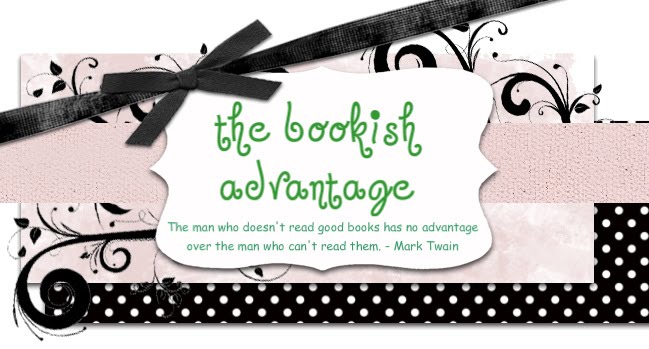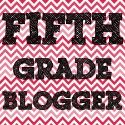A reflection of Chapter 6: “Considering the Intelligence Behind the Text: Helping Students Inquire by Reading with the Author in Mind”
In this chapter, Wilhelm introduces us to authorial reading, a concept directly connected to the social nature of reading that encourages the reader to interact with the author while reading a text. Through the process of authorial reading, readers use the understandings that the author has put into the text to create a better understating of his/her own. “Vygotskians call this kind of interplay the achievement of ‘intersubjectivity’ in which we take on the understandings of another and make this understanding our own” (p. 134).
When I read this, I immediately made a connection to history, which is one of my personal favorite subjects. Understanding the author’s perspectives and background is important in any reading, but could be especially important when reading historical documents and primary documents like letters and journals. When reading historical documents, it is important to acknowledge and understand the historical context and the author’s specific context within the history. Often authors in the past had a different audience in mind and wrote about things that were viewed very differently than they are now. Recognizing the kind of text is also important because the author’s perspective in a letter or journal may be significantly less guarded than in “official” writing, since the text had a very specific recipient in mind.
Wilhelm presented two different strategies to use when reading with the author in mind: Questioning the Author and Hillocks’ Questioning Hierarchy.
Questioning the Author (p. 135): Questioning the author suggests using “queries” to encourage student interaction with the author through the text. Wilhelm says, “The queries prompt students to engage with one another about the text and consider what the author is attempting to communicate” (p. 136). These queries are different than traditional questions because they encourage discussion rather than asking for a restatement of an idea from the text. In fact, the two types of inquiries are categorized as initiating queries, which open up discussion, and follow-up queries, which guide students to connect ideas (p. 136).
This strategy has five, easy to follow steps that guide a teacher to use it.
(1) Select the text - This text can be fiction or nonfiction, but should be read by the teacher before any other planning takes place.
(2) Segment the text – this requires the teacher to look for places with key information or for tricky spots in the text that may cause issues for the students.’
(3) Develop queries for each segment – this step is the most important planning step. It requires the teacher to develop queries for the students to address that directly apply to the segment. Wilhelm provides an excellent list of suggested queries on page 140. The list is especially helpful because it provides examples. I appreciate this because creating something new is often the most difficult part of using a new strategy.
(4) Read the text aloud to students.
(5) Stop after each segment and pose queries or have students select queries to address from a list of provided options.
Hillocks’ Questioning Hierarchy (p. 141): I found this strategy to be the most interesting and appealing because it seems to combine the QAR and Questioning Circle strategies, but also goes into more detail. This system actually works as a true hierarchy, meaning the lower levels must be completed/comprehended in order to move to the higher levels. Because this IS a true hierarchy, it is easier for teachers to assess exactly where students struggle. The Hillocks’ Questioning Hierarchy is directly related to the inquiry process. Wilhelm even says, “the hierarchy mirrors the inquiry process: inquirers must first understand established meanings and must then perceive patterns and interpret the meanings of various connections. Finally, they must understand the point expressed by the structure of the data, and how to use this meaning to think and do things in the world.” (p. 148)
The question types in this hierarchy are broken down with explanations and examples on pages 143-147, but basically are as follows:
(1) Basic Stated Information: students need to identify and comprehend literal information that is repeated throughout the test
(2) Key Details: students need to comprehend details crucial to understand the text that are only stated in one place (This is harder because the information is only found in one place.)
(3) Stated Relationships: students should be able to identify explicitly stated relationships between two characters, groups, events, etc.
(4) Simple Implied Relationships: students need to recognize the relationships within the text that are implied but unstated
(5) Complex Implied Relationships: students should infer relationships between a large number of details that are spread across the text
(6) Authorial Generalization: students should build on level five relationships by determining their beliefs about what the text implies (This should be done at the end of the reading.)
(7) Structural Generalization: At this level, the students should reflect on the total structure of the reading as well as how the structure guided their involvement with the text. (This should also be done at the end of the reading.)
While these explanations (and the corresponding examples) were helpful, I found the example on page 149 to be especially helpful to me because it is specifically written to be used with elementary students.
While both of these strategies have valuable pieces, Hillocks’ Questioning Hierarchy especially appeals to me because of the progression of complexity and thought throughout the hierarchy. The concept that students have to understand one piece before moving on to the next seems quite logical to me, and I think that adds to its appeal. I also like the ability to assess the levels of understanding and the opportunity to jump in with interventions right away when an issue arises.
Subscribe to:
Post Comments (Atom)





0 comments:
Post a Comment